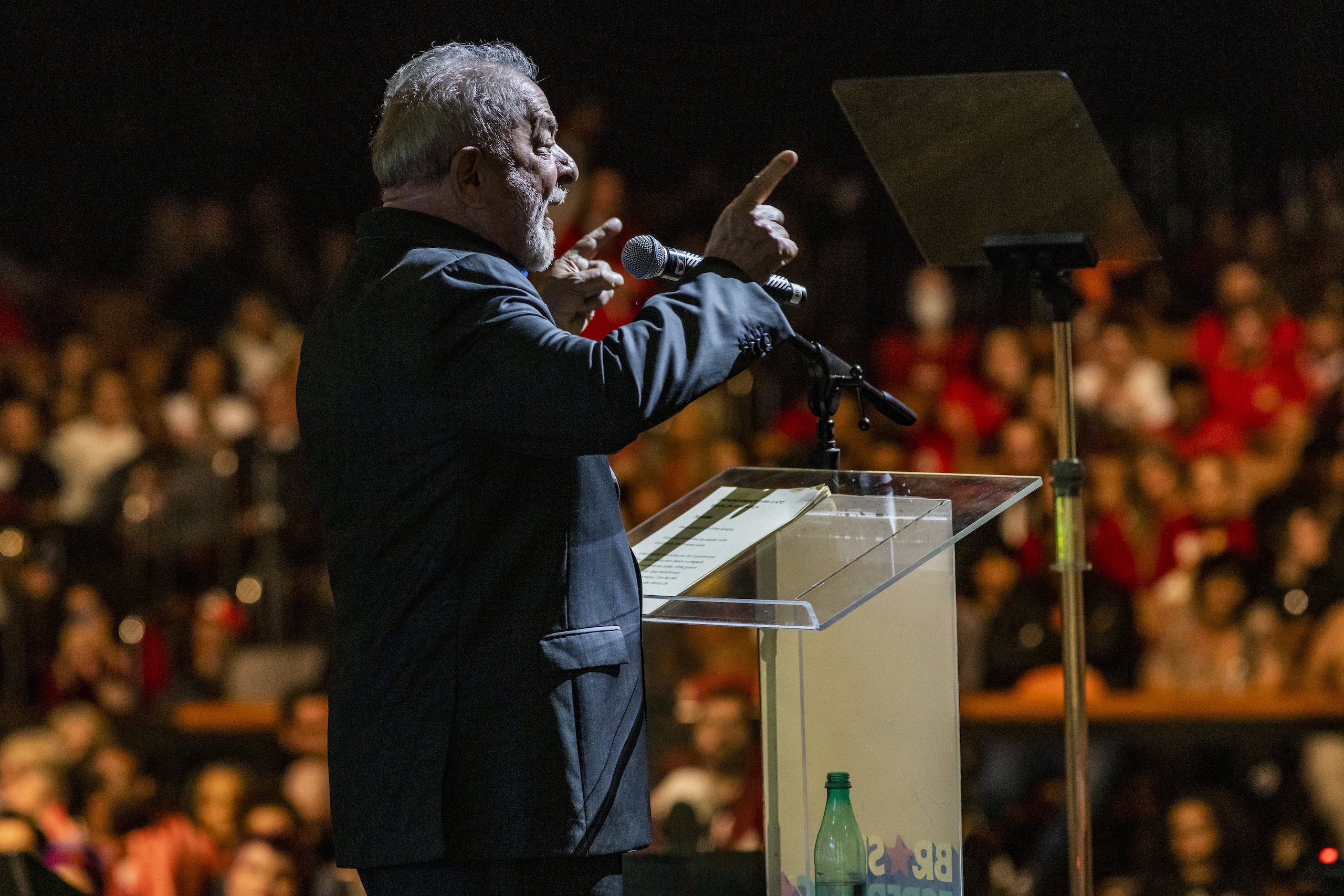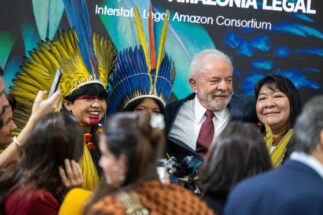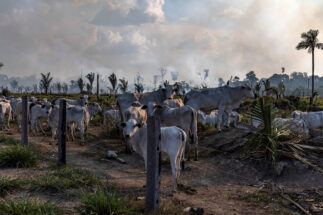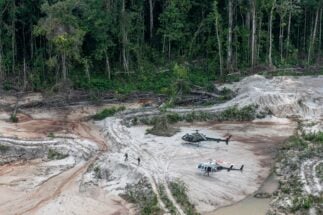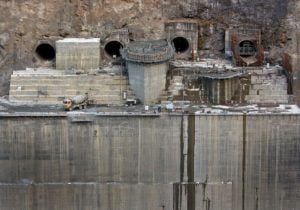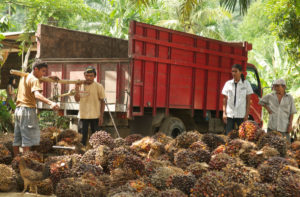When Luiz Inácio Lula da Silva’s victory was confirmed in the second round of Brazil’s presidential elections on 30 October 2022, scientists and environmentalists heaved a sigh of relief after the four destructive years of Jair Bolsonaro’s administration. A fortnight later, and months before he was even sworn in, Lula was already on his way to the COP27 climate summit in Egypt to announce that “Brazil is back” on the global environmental stage.
Lula, who previously served as Brazil’s president between 2003 and 2010, had made repeated promises on the campaign trail to re-engage with countries across the globe, as well as pledging to lead the fight against deforestation and renew investment in environmental policies. Such efforts are urgently needed in the aftermath of Jair Bolsonaro’s presidency, said Suely Araújo, a public policy specialist at the Climate Observatory (Observatório do Clima), a Brazilian nonprofit climate network.
“The situation left by the Bolsonaro government, especially in the Amazon, is one of chaos and absence of the state,” Araújo told Diálogo Chino. “Environmental agencies have been delegitimised and demobilised. Several public policies have been paralysed. A complete reconstruction is needed.”
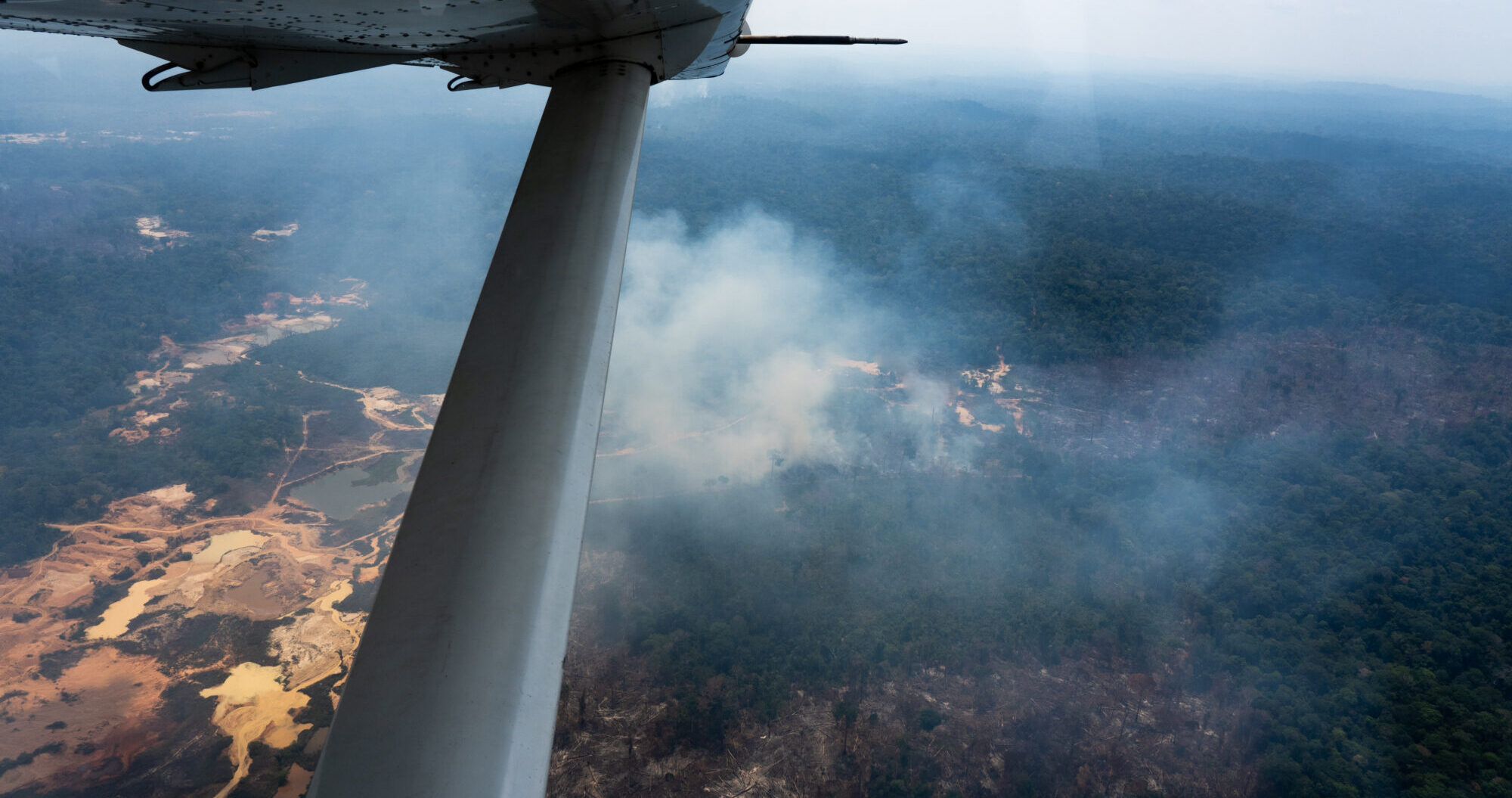
However, Lula’s government has also made announcements that have put environmentalists on alert, harking back to the growth strategies he relied on in his previous terms, such as controversial investments in energy and infrastructure. So, how realistic are the environmental plans and promises of the new Lula government?
Lula leads big moves on environment
At its outset, the Lula government will need to review or revoke various laws and decrees issued during the Bolsonaro era that have weakened Brazil’s environmental governance, Suely Araújo explained. A report by the Talanoa Institute, a Brazilian climate policy organisation, highlighted 401 acts enacted by the previous administration in various sectors – including energy, biodiversity and agribusiness – that it suggested should be reviewed by the federal government.

On 1 January, the very day of his inauguration, Lula signed a package of measures to address some of these acts. The president revoked a 2022 decree that encouraged small-scale mining in the Amazon, which was seen as having encouraged illegal mining. The Action Plan for the Prevention and Control of Deforestation in the Legal Amazon (PPCDAm) was also relaunched. Created in 2004, during Marina Silva’s first spell as environment minister, the PPCDam helped to reduce deforestation in the Amazon forest by 83% between 2004 and 2012.
Following its suspension under Bolsonaro, Lula also moved to reactivate the Amazon Fund, a mechanism to support actions to prevent, monitor and combat deforestation in the Amazon, financed by developed countries including Norway and Germany. In February, the United States, France, Spain and the European Union expressed their interest in contributing to the fund.
In addition, Lula’s government declared a state of emergency for the Yanomami people, an Amazon Indigenous group who are facing a humanitarian crisis caused by the invasion of thousands of illegal miners into their territory. By 20 February, a task force had already provided over 5,000 medical services to the group.
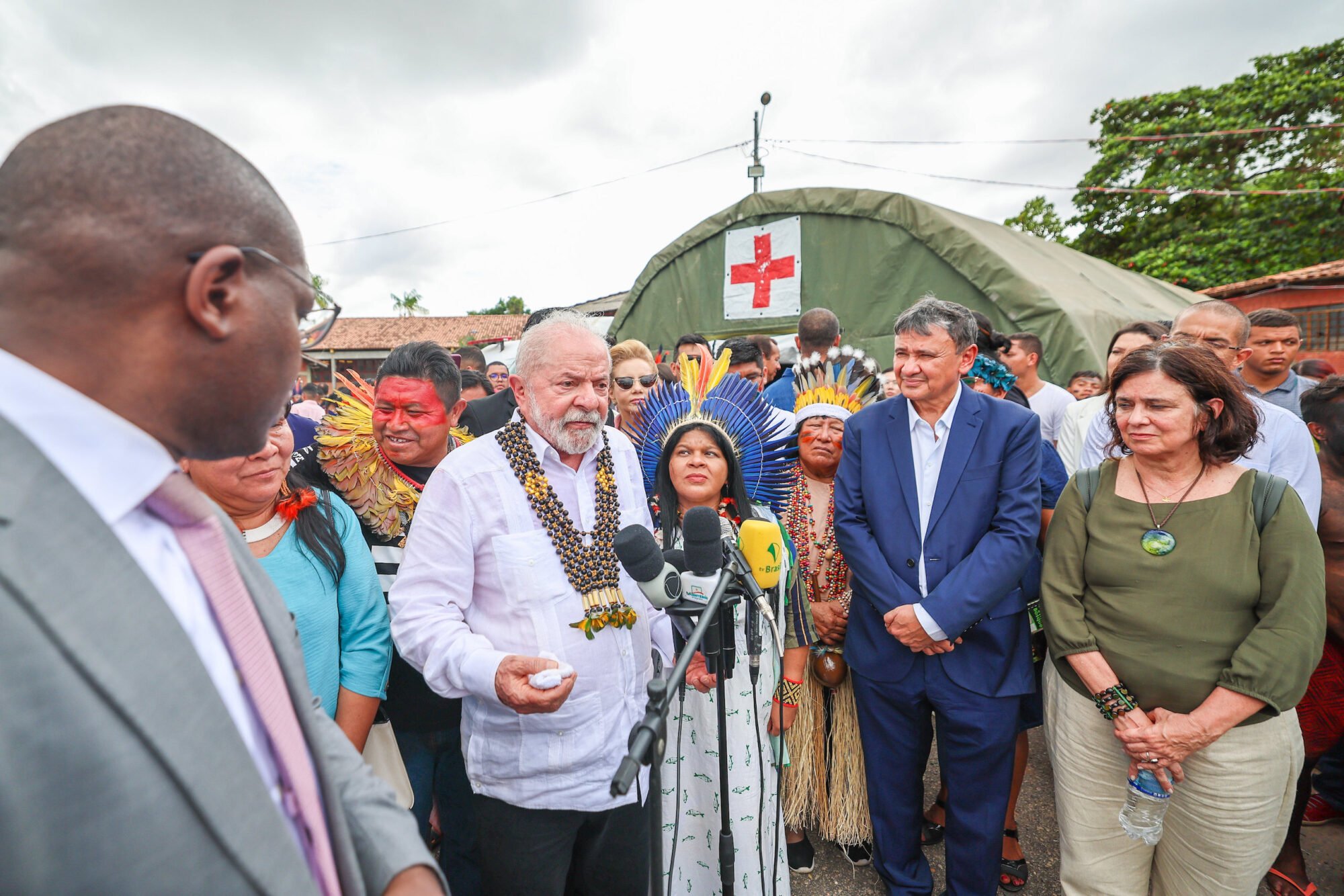
On 27 February, officials visited the Javari Valley, also in the Amazon, where Indigenous activist Bruno Pereira and British journalist Dom Phillips were murdered last year. Although the investigation into the crime has almost concluded, Indigenous leaders have been calling for greater state intervention in the region to combat the threats that they face, and to counter the illegal activities the two victims had sought to expose and prevent. “We have no security on our own land,” said Paulo Marubo, coordinator of the Indigenous association Univaja, at a recent press conference.
During the visit, Indigenous Peoples minister Sonia Guajajara announced the creation of a permanent committee for the protection of the Javari Valley region, which will bring together government agencies and ministries, police forces and Univaja. “We have to put an end to this cycle of violence in all Indigenous territories,” she said.
Promising signs, but some green faults
Despite encouraging early signs, some proposals from the new administration may yet be cause for concern among environmentalists and social activists. The Lula government plans to make investments of 1.7 billion reais (US$325 million) in road and rail works throughout the country in the first half of 2023. Among them is the controversial Ferrogrão, a rail line which will transport soy production from the centre of the Amazon to the coast, and from there to international markets such as China.
One of the moves that has caused the most controversy in the early weeks of the new administration was the potential financing by Brazil of a stretch of a gas pipeline in central Argentina, intended to transport shale gas from the Vaca Muerta reserve in Patagonia, and which could facilitate gas exports to Brazil. During a visit to Buenos Aires in January, his first foreign trip since taking office, Lula signalled that he “will create the conditions” for Brazil’s state development bank BNDES to support the project, with its financing estimated at US$690 million.
Gas extraction in Vaca Muerta is carried out by hydraulic fracturing, or fracking, a technique widely criticised by environmentalists and banned in France, Germany and the United Kingdom, among other countries. The method “fractures” the clay shale with a mixture of water, sand, solvents and other chemicals, pumped underground by high-pressure jets. These jets loosen the gas from the rock, allowing it to be extracted. But the mixture contains highly toxic, even carcinogenic, substances, which can pollute groundwater. Given its geological impacts, the extraction method can also lead to earthquakes.
The Mapuche Indigenous people in Argentina’s Neuquén province, where Vaca Muerta is located, have experienced these problems first-hand. At least 14 exploration wells have been dug on their lands, and they have protested against the contamination of their waters. Beyond the socio-environmental impacts on the region, and the doubts it may cast on Lula’s green credentials, the exploitation of Vaca Muerta also calls Argentina’s own climate commitments into question.
Following a backlash to the announcement, Brazil’s finance minister, Fernando Haddad, later stated that the Vaca Muerta gas pipeline would not require resources from the BNDES. A statement from the bank given to Diálogo Chino said that, so far, “there is no demand or forecast, on the part of the BNDES, to finance infrastructure service projects abroad.”
New developmental era?
Large energy and infrastructure projects were in the DNA of the first Lula administration. Between 2003 and 2010, the country’s energy generation capacity grew 25%, finishing the decade with an additional 27,900 megawatts of energy, compared to 2002. During this period, public works programmes built or began building some of the largest hydroelectric plants in the world, more than 20,000 km of transmission lines, more than 6,000 km of highways and 909 km of railways.
Public investment in infrastructure was one of the pillars of the development model during the last two decades, permeating not only the first Lula era, but also the tenure of his successor Dilma Rousseff (2011-2016) and other Latin American governments of the so-called “pink tide”. Today, many of these projects, such as the Belo Monte hydropower plant in Pará state, are considered obsolete, with socio-environmental impacts and financial costs overshadowing the works.
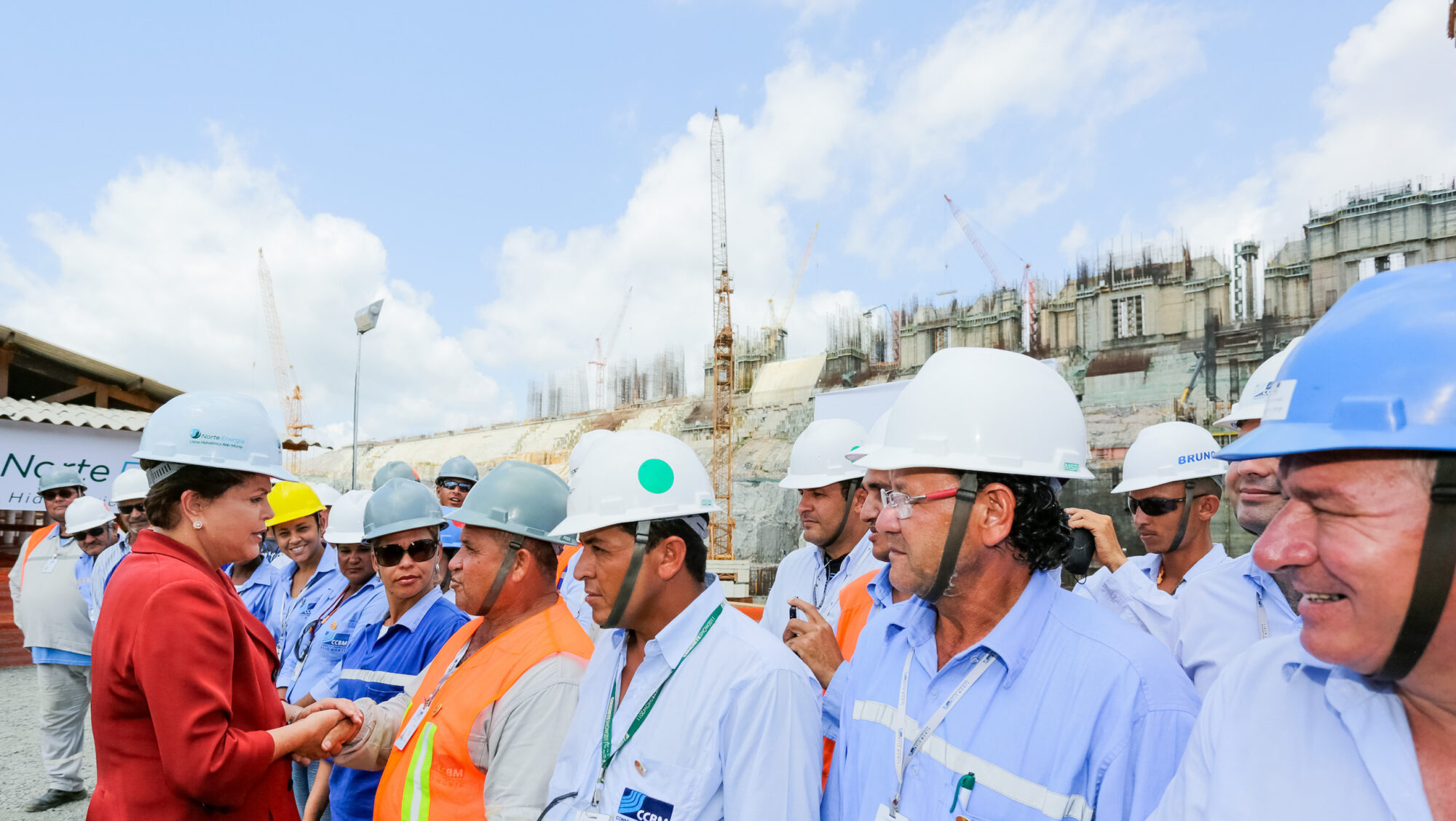
Although Lula has “incorporated sustainability” into his speeches, he must not give up the strategy that marked his first two terms in office, said Daniel Neri, professor at the Federal Institute of Education, Science and Technology of Minas Gerais.
Neri researches socio-environmental conflicts in the Iron Quadrangle, a region in Minas Gerais state where many of the country’s minerals, including gold, diamonds and iron ore, are extracted. He is concerned about Lula’s appointment of Alexandre Silveira, whose political career has been funded by mining companies, to head the Ministry of Mines and Energy. According to the professor, Silveira “does not appear to be willing in any way” to enforce controls on mineral exploration in order to protect the environment.
Lula is also likely to encounter a more hostile domestic politics than in his first terms, said Jamile Coleti, a professor of economic development at Minas Gerais State University. The gulf that has deepened between progressives and conservatives, illustrated by the attacks on government buildings in Brasília in January, could reduce the ability of Lula’s government to advance environmental policies.
“President Lula’s greatest difficulty will be building political partnerships,” said Coleti, adding that it will be a great challenge to go directly from “an extreme right-wing government” towards a left-leaning administration.
Lula has stated on several occasions that his mission is to unite a divided country. Marina Silva, meanwhile, has been keen to promote the possibility of reconciling development with conservation. At the World Economic Forum in Switzerland this January, the Minister of the Environment stressed that the government’s environmental agenda will be “transversal”, present in its energy, transport, industry and agribusiness policies. “We can triple Brazil’s agricultural production without having to cut down a single tree,” Silva claimed at the event in Davos.
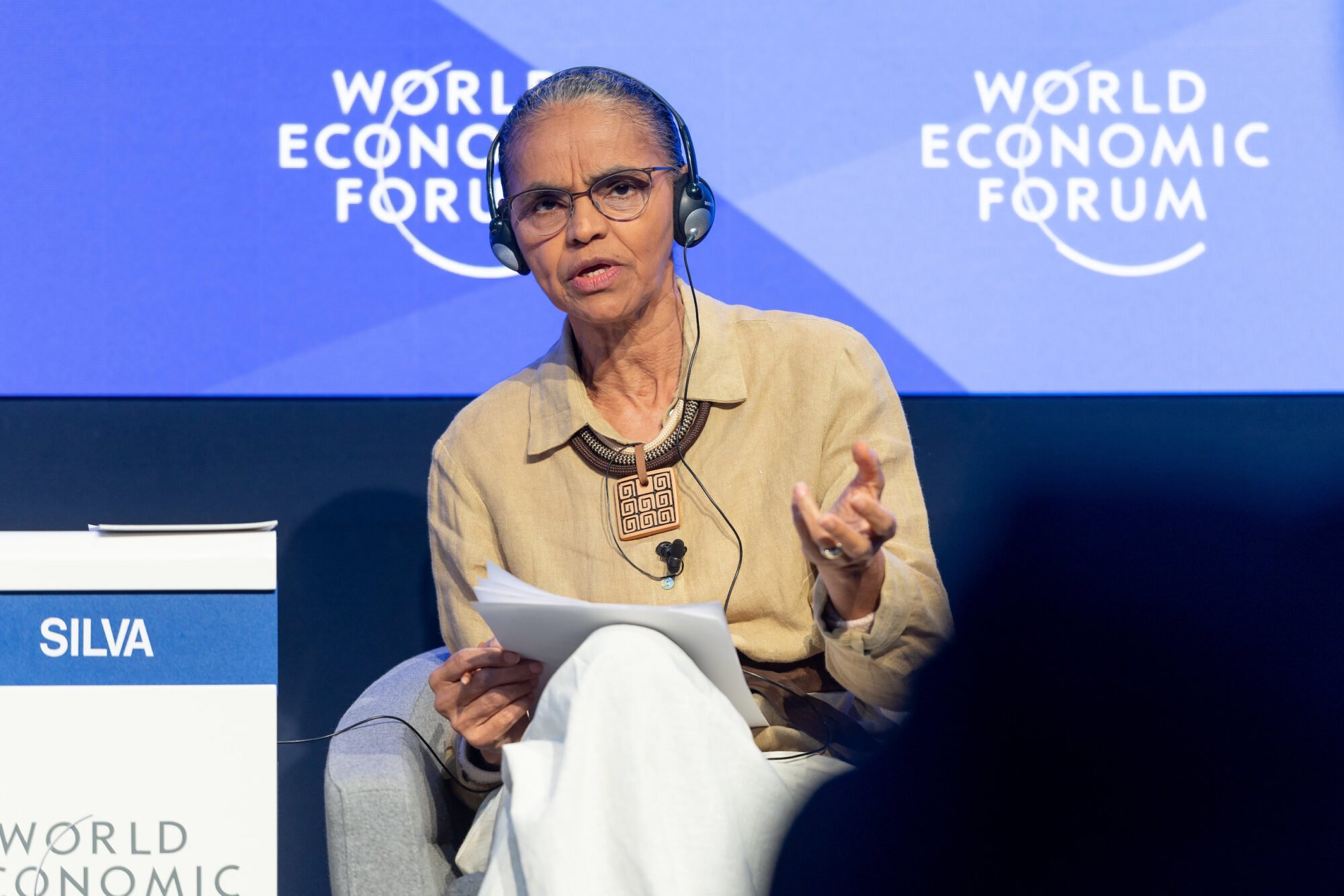
Rapprochement with China
The choice of Silva to return to head the ministry was well received by China, said Leila Ferreira, professor and researcher at the Center for Environmental Studies and Research at the State University of Campinas (Unicamp). For over a decade, China has remained Brazil’s main trading partner and largest export market, and the expectation is that the two will strengthen their bilateral relations.
“Now, with the Lula government giving priority to environmental issues, I am absolutely sure that the conversation between the two countries will be beneficial,” said Ferreira, a specialist in China and Brazil’s environmental policies and relations. China, she said, “is much more interested in partnering with Brazil in environmental leadership than with the United States,” given the geopolitical tensions between the world’s two largest economies.
Further clues on the direction of the China–Brazil relationship will emerge during Lula’s planned visit to Beijing in late March, where he will meet his Chinese counterpart, Xi Jinping. Trade and infrastructure are likely to sit at the top of the agenda, with Lula’s vice-president, Geraldo Alckmin, recently highlighting the potential for Chinese investments in renewable energies and green hydrogen, among other sectors. Brazilian diplomacy will reportedly also focus on trying to strengthen the role of BRICS, the grouping that also includes Russia, India, China and South Africa.
